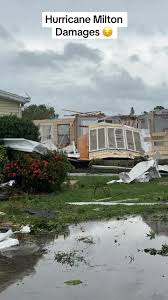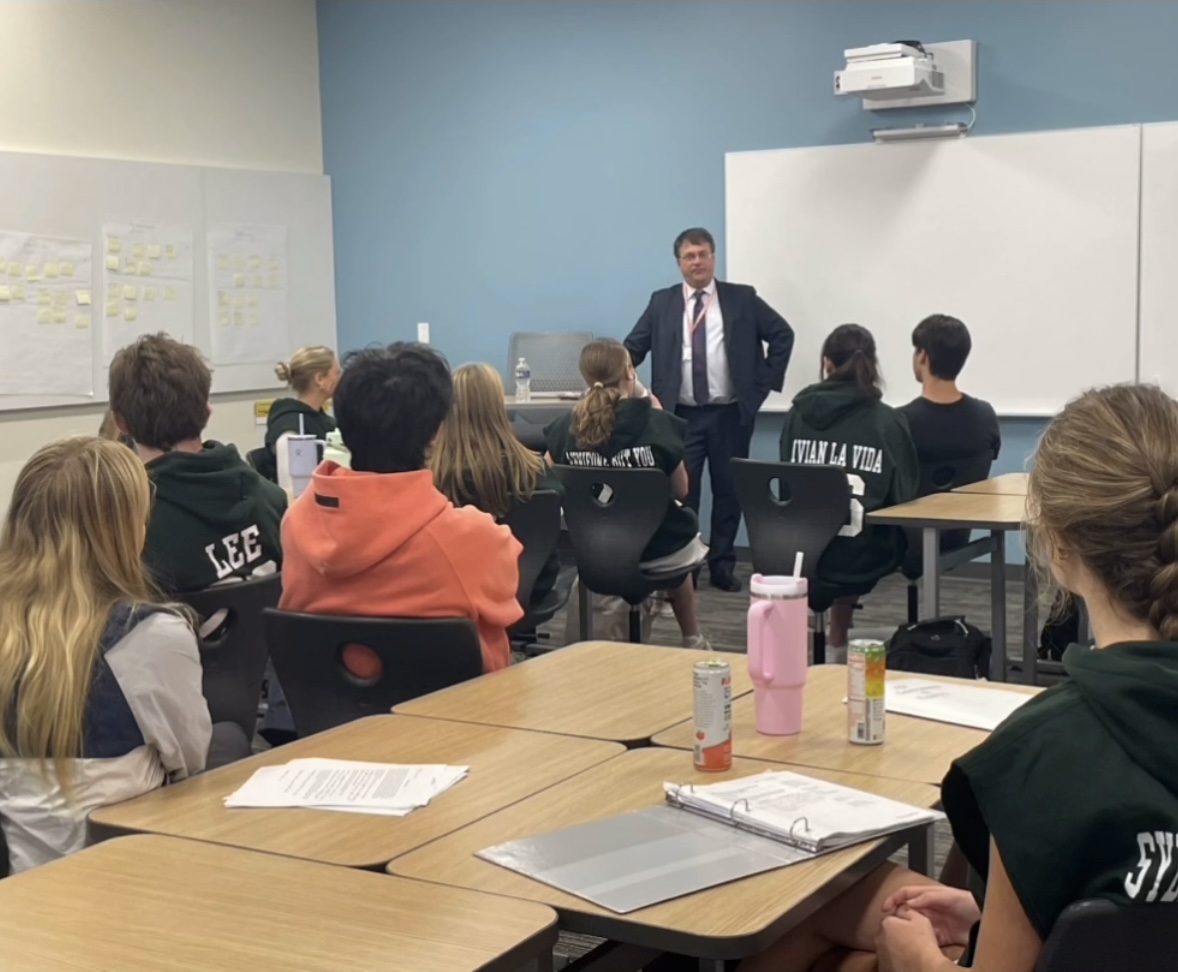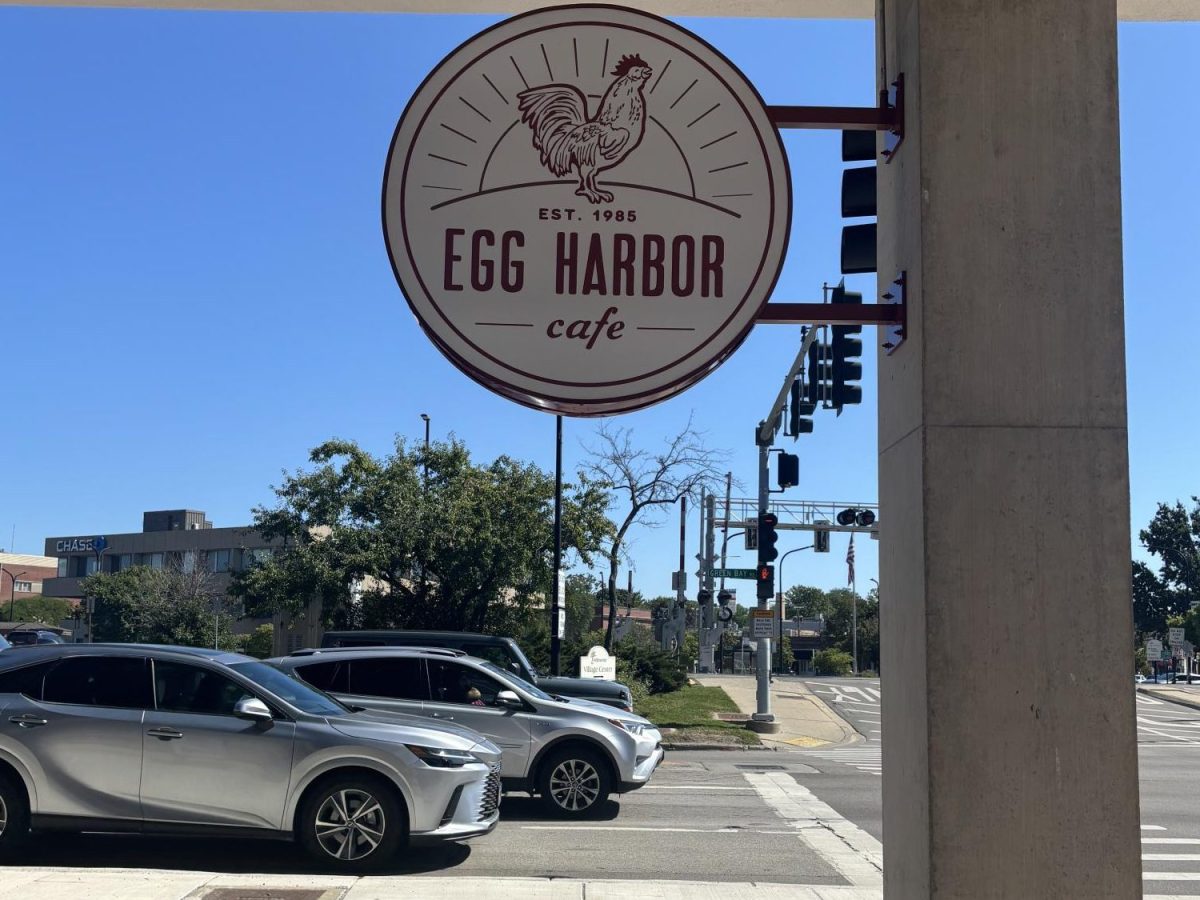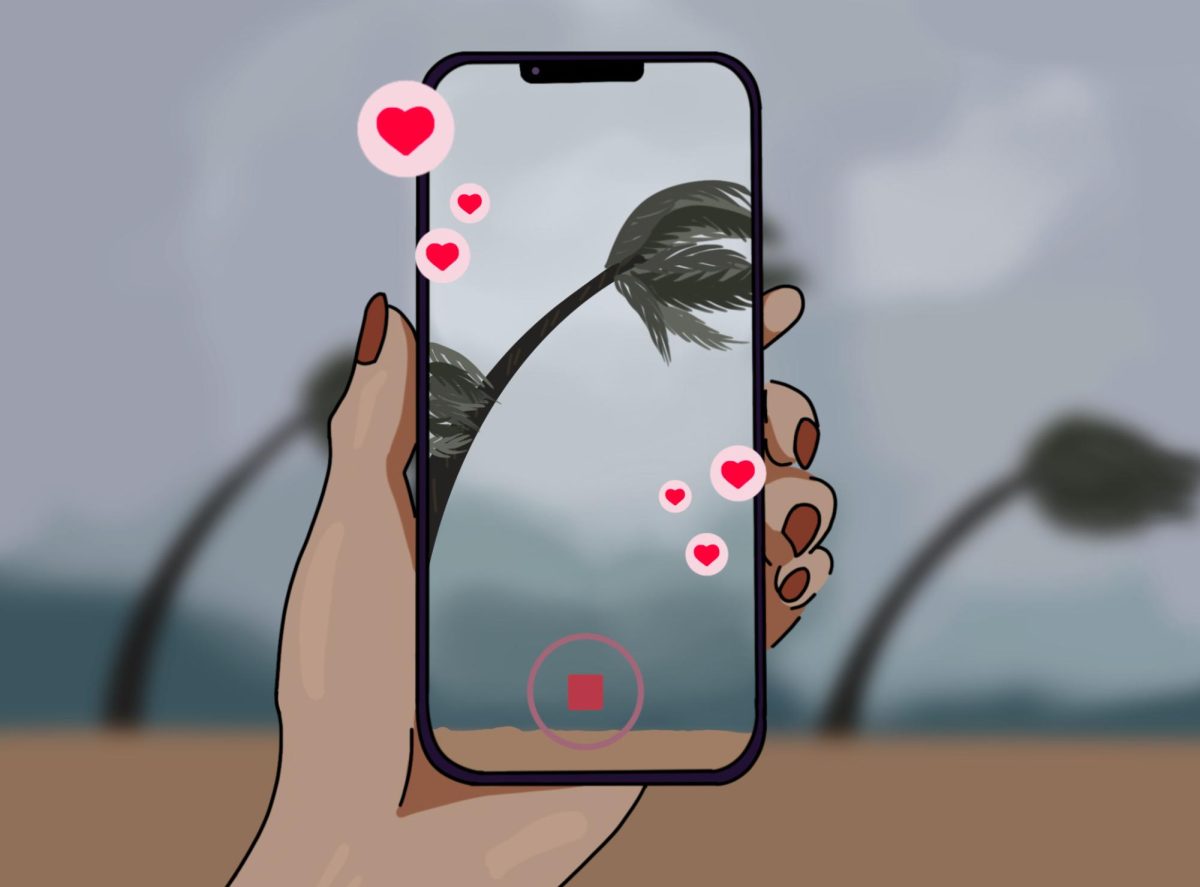Hurricane Milton made its way through Florida on Oct. 9, but its repercussions are still as severe as ever. As a classified Category 5 hurricane and the cause of 25 confirmed deaths across Florida at the time of this article’s publication, Hurricane Milton has been one of the most intense storms to impact the U.S. in recent years.
Due to the severe weather, state officials in Florida had strongly encouraged those, specifically in western Florida, to evacuate their homes on Oct. 8. However, in areas without mandatory evacuation orders, such as Lake County, Duval County, and more, many residents decided to stay and post their experiences on social media.

Across social media platforms, such as TikTok and Instagram, people have been sharing firsthand accounts of their experiences with the hurricane. The storm’s devastation has been documented in real-time through short videos, showing flooded streets, damaged buildings, and power outages. Other users have shared how they’re dealing with the storm’s aftermath, as well as the emotional impact it’s made on residents. Some users have been making funny, unhinged content, usually based on viral sounds and trends. These posts capture raw, unfiltered moments that have connected viewers worldwide.
The posts, using hashtags like #HurricaneMilton, shared on social media have played a critical role in raising awareness about the storm’s severity. Many users have not only shared the effects of the hurricane but also practical tips on staying safe. They allow users to help each other by sharing useful information such as locations for free supplies and advice on concerns like power restoration. These posts have helped build a sense of community by connecting people affected by the storm. The shared stories and solidarity expressed in the comments have also provided emotional support to those struggling or experiencing loss due to the hurricane.
Despite the good it’s done, there have also been several cons to Hurricane Milton’s exposure on social media. Many creators have been accused of using the natural disaster for clout. The spread of misinformation has also been an issue, specifically circulating the causes of Hurricanes Helene and Milton, both of which have hit the Florida region recently.
Although many creators had legitimate reasons for staying due to inadequate resources or concerns surrounding their property, other creators, unfortunately, stayed to gain attention and profit from the storm, typically by engaging in risky behavior to generate content. Some influencers remained in evacuation zones, live-streaming the storm and performing stunts to gain viewers.

For example, content creator Mike Smalls Jr., motivated by a $70,000 cash prize challenge from streamer Adin Ross, gained significant attention by live-streaming himself floating on a blow-up mattress in the flooding of the storm. Although the creator claimed to know what he was getting into, his actions could’ve gotten him seriously hurt and would’ve wasted emergency resources from the real rescue efforts.
Social media has also seen a surge of misinformation surrounding Hurricane Milton. Many posts have falsely claimed that Hurricane Milton and Hurricane Helene were orchestrated by the government intentionally targeting certain regions for political reasons. These conspiracy theories have gained traction on platforms like X (formerly Twitter), TikTok, and Instagram. The widespread misinformation has created fear and confusion among the public while simultaneously undermining trust in authorities. In response to misinformation circulating, BBC’s Marianna Spring says, “The anger and distrust this can foster risks inhibiting efforts on the ground. Ahead of an election, it also risks undermining wider faith in how systems and government work, and of overshadowing any legitimate criticism of governments’ efforts.”
If you’d like to contribute to the hurricane relief efforts, click here to donate.








































